Increasing Health Consciousness
The Whole Milk Powder Market is experiencing a notable shift as consumers become increasingly health-conscious. This trend is reflected in the rising demand for dairy products that are perceived as nutritious and beneficial. Whole milk powder, being rich in essential nutrients such as calcium and vitamins, aligns well with this consumer preference. According to recent data, the market for whole milk powder is projected to grow at a compound annual growth rate of approximately 5.2% over the next five years. This growth is driven by the increasing awareness of the health benefits associated with dairy consumption, particularly among children and young adults. As a result, manufacturers are likely to innovate and promote whole milk powder as a convenient and healthy option, further propelling the Whole Milk Powder Market.
Rising Demand in Emerging Markets
Emerging markets are playing a pivotal role in the expansion of the Whole Milk Powder Market. Countries in Asia and Africa are witnessing a surge in demand for dairy products, driven by population growth and urbanization. The increasing disposable income in these regions allows consumers to purchase higher-quality dairy products, including whole milk powder. Market data indicates that the demand for whole milk powder in Asia is expected to rise significantly, with a projected increase of over 6% annually. This trend is further supported by changing dietary habits, as more consumers seek convenient and nutritious food options. Consequently, the Whole Milk Powder Market is likely to see increased investments and product offerings tailored to meet the preferences of these emerging markets.
Technological Advancements in Production
Technological advancements in the production of whole milk powder are significantly influencing the Whole Milk Powder Market. Innovations in processing techniques, such as spray drying and advanced packaging solutions, enhance the quality and shelf life of whole milk powder. These improvements not only ensure better preservation of nutrients but also cater to the growing demand for longer-lasting products. Recent data suggests that the efficiency of production processes has improved, leading to a reduction in costs and an increase in output. As a result, manufacturers are better positioned to meet the rising consumer demand while maintaining competitive pricing. This technological evolution is likely to drive further growth in the Whole Milk Powder Market, as companies strive to optimize their operations and deliver high-quality products.
Sustainability and Ethical Sourcing Trends
Sustainability and ethical sourcing are becoming increasingly important in the Whole Milk Powder Market. Consumers are more inclined to purchase products that are produced sustainably and ethically, leading to a demand for whole milk powder sourced from farms that adhere to responsible practices. This trend is reflected in the growing number of certifications and labels that emphasize sustainability in dairy production. Market data indicates that products with sustainability credentials are experiencing higher sales growth compared to conventional options. As a result, manufacturers are likely to invest in sustainable practices and transparent supply chains to meet consumer expectations. This shift towards sustainability could potentially reshape the Whole Milk Powder Market, fostering a more responsible approach to dairy production.
Expansion of Food and Beverage Applications
The versatility of whole milk powder is contributing to its increasing adoption across various food and beverage applications, thereby impacting the Whole Milk Powder Market positively. It is widely used in the production of infant formula, bakery products, and dairy-based beverages, among others. The growing trend of incorporating dairy ingredients into processed foods is expected to drive demand for whole milk powder. Market analysis indicates that the food and beverage sector accounts for a substantial share of the whole milk powder consumption, with projections suggesting a growth rate of around 4.5% in this segment. As manufacturers continue to explore new applications and formulations, the Whole Milk Powder Market is likely to benefit from this expanding usage.
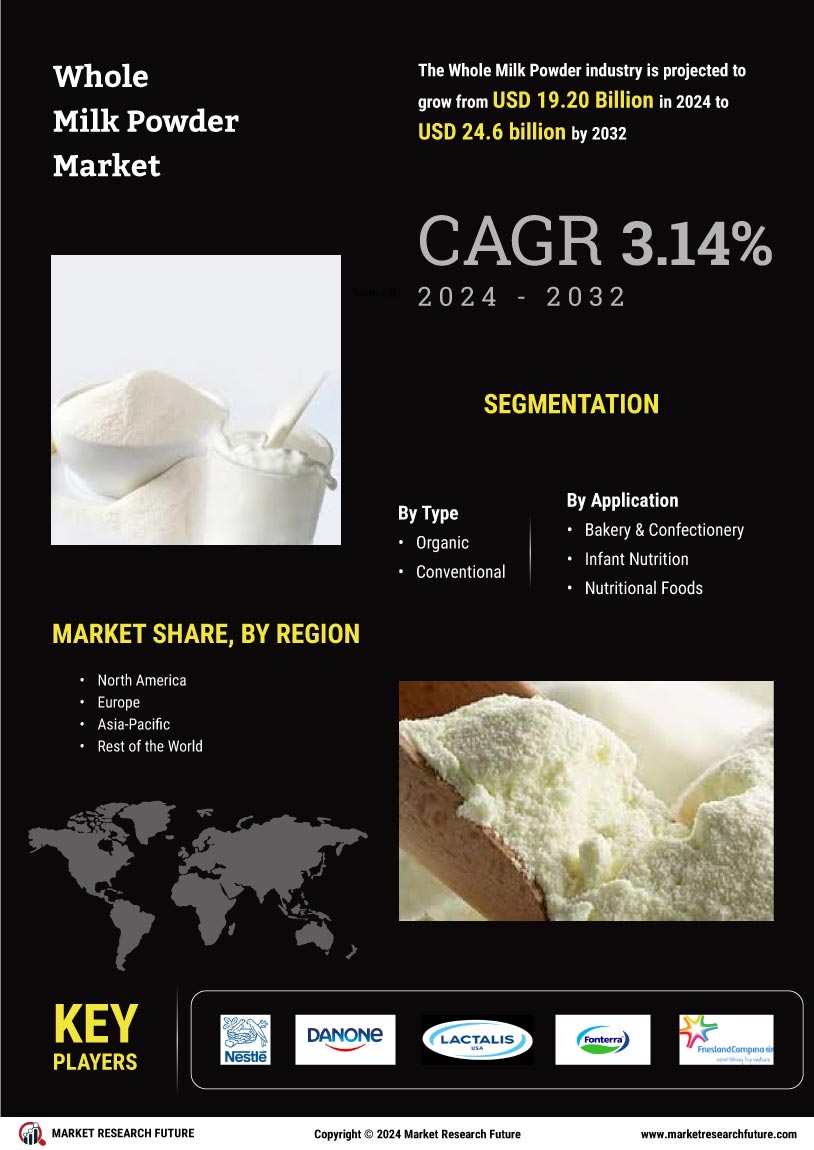

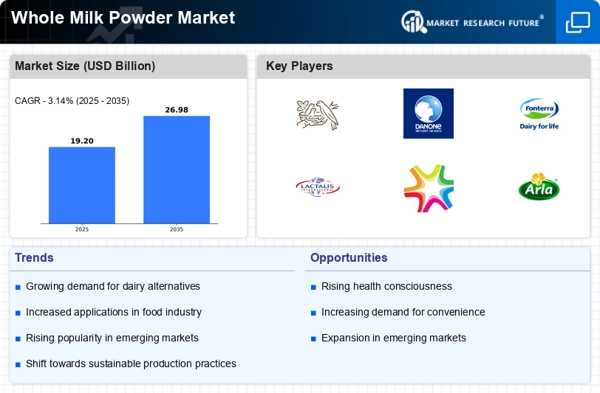
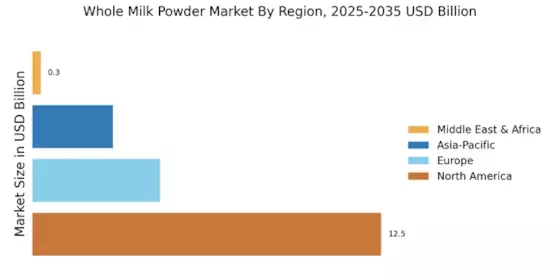
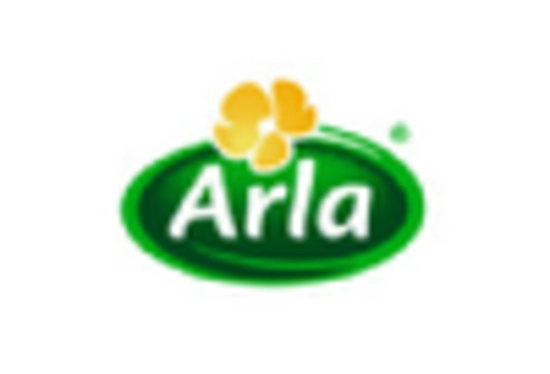
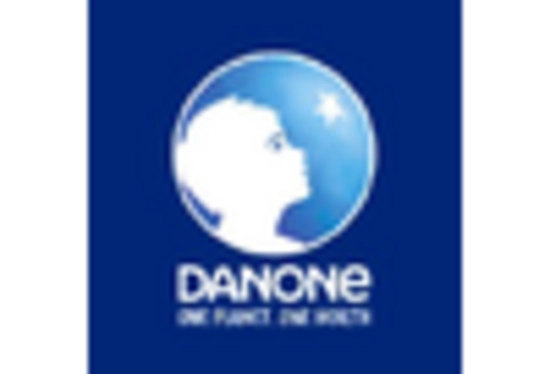
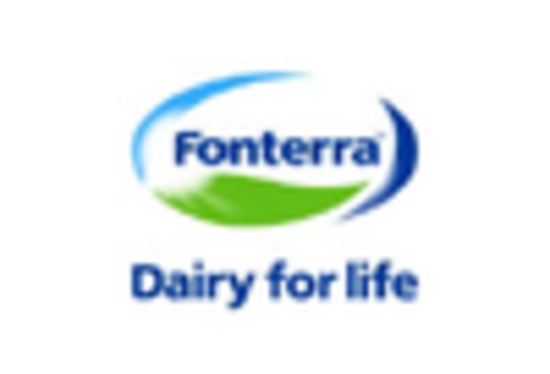

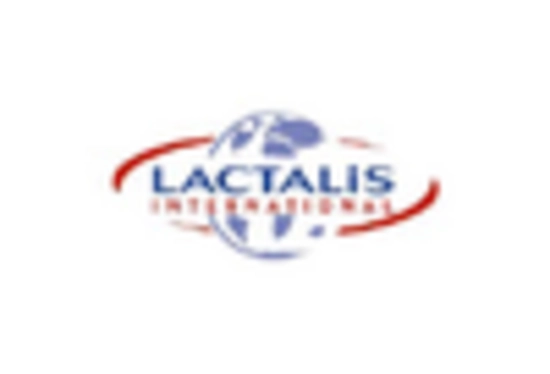









Leave a Comment